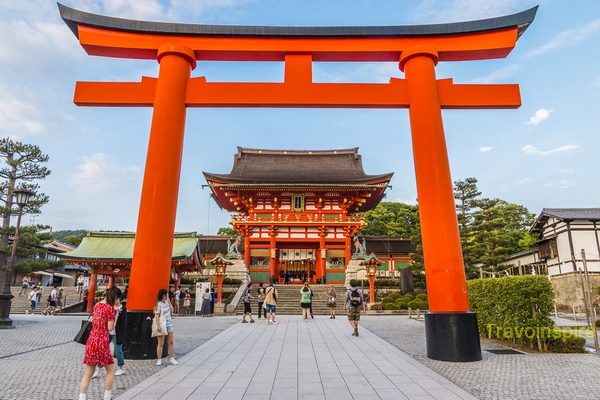
For a religion that permeates life and does not separate mundane and sacred out as western traditions do, this is another useful point of reference.Īs a first book goes, it will suit people of a more academic bent, but if you favour more experiential writing, I wouldn’t start here. This book does convey something of the relationship between culture and belief, and the impossibility of considering them as separate in this context. However, when you start considering religion as inherent to culture, part of the underpinning fabric of a society, it is necessary to consider it in very different ways. The book religions have adapted and changed to fit into other cultures, but that sense of religion transcending culture is, I think, out there.

Druidry – it’s a bit like Shinto, only rooted for some of us in a Celtic history and culture rather than a Japanese one. Given the trouble pagans have trying to get people to grasp the idea of religions without sacred books, this is a very useful thing to have. Also interesting to note, it has no sacred book, no doctrine, very little authoritarian structure, and yet it works and other religions and bodies are able to recognise it. It honours the land of Japan, the ancestors of Japan – I cannot see that you could do it anywhere else without being culturally Japanese. It has a long and complex history, influenced by Buddhism and Confucianism, caught up in politics and the development of the nation.

Shinto honours spirits of place, and ancestors (kami), using ritual and creativity. It provided me with some very interesting surprises, and I have come to the tentative conclusion that Shinto makes a very interesting comparison with Druidry. In many ways it’s a dry and academic little book, but it is packed with information. This book was purchased on spec, and is the first thing I’ve read on the subject. My only prior sense of Shinto came from watching Miyazaki films, realising this is a creator who is drawing on a tradition, and that I want to know more about the tradition.
#KAMI SHINTO FULL#
Some readers may also find the brief description of the miko rather patronizing, as it does not indicate the full historical significance of this women's office, which descends from early female shamanism some mention of the greater historical importance of this office, compared with its increasing marginalization under the Tokugawa and Meiji periods, would help balance the picture Ono provides of the quaint priest's daughter who performs the sacred dances and engages in other unspecified "minor duties." Fifty years ago, with the Second World War a very recent memory, it's understandable that a Japanese scholar would want to tailor this book to Western audiences by emphasizing the peaceful and humanistic aspects of Shinto there is, consequently, and tendency to gloss over its role in Japanese fascism, which receives only brief mention. It is meant only as introductory text, so naturally, criticism of its brevity or incompleteness is not really fair but while those already familiar with Shinto may learn a new thing or two, they will not likely find themselves with a deeper or enriched understanding of the kami no michi.Ī weakness of the book is its age, which is definitely starting to show. At 128 pages, the book is extremely concise, and it feels even shorter than that in the reading. Sokyo Ono's The Kami Way provides a decent introduction to Shinto for Westerners. Ono's text introduce the reader to two millennia of indigenous Japanese belief in the kami and in communal life. Further examination of Shinto's lively festivals, worship, music, and sacred regalia illustrates Shinto's influence on all levels of Japanese life.įifteen photographs, numerous drawings and Dr. This introduction unveils Shinto's spiritual characteristics and discusses the architecture and function of Shinto shrines. Shinto is both a personal faith in the kami-objects of worship in Shinto and an honorific for noble, sacred spirits-and a communal way of life according to the mind of the kami.

It is an amalgam of attitudes, ideas, and ways of doing things that through two millennia and more have become an integral part of the way of the Japanese people. In its general aspects Shinto is more than a religious faith. Relatively unknown among the religions of the world, Shinto: The Kami Way provides an enlightening window into this Japanese faith. Shinto, the indigenous faith of the Japanese people, continues to fascinate and mystify both the casual visitor to Japan and the long-time resident. "An excellently rounded introduction by an eminent Shinto scholar."- Library Journal


 0 kommentar(er)
0 kommentar(er)
